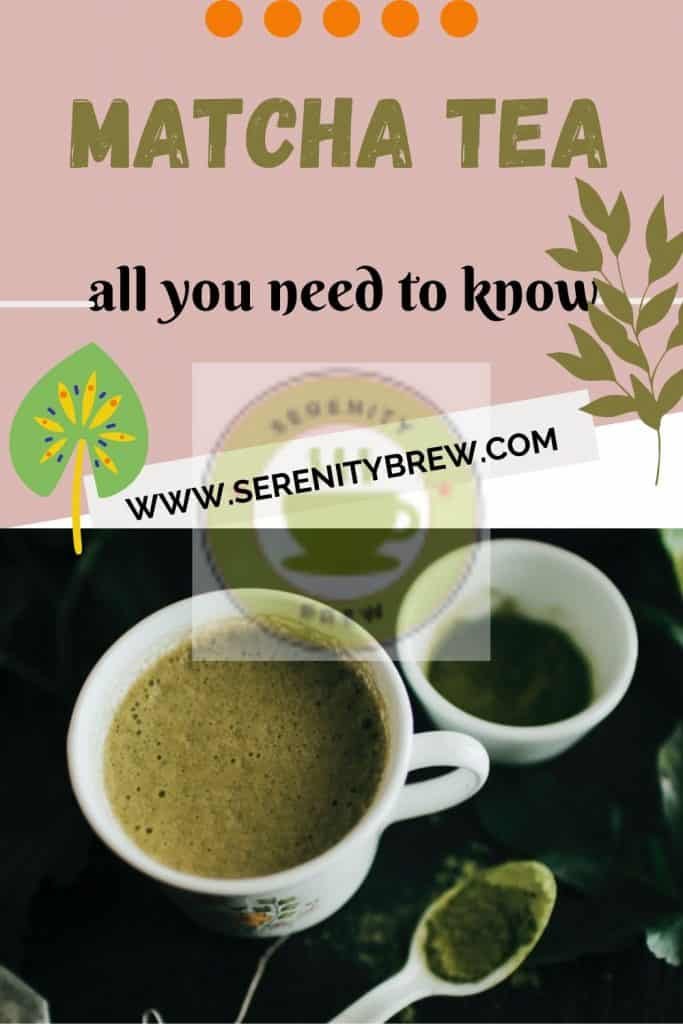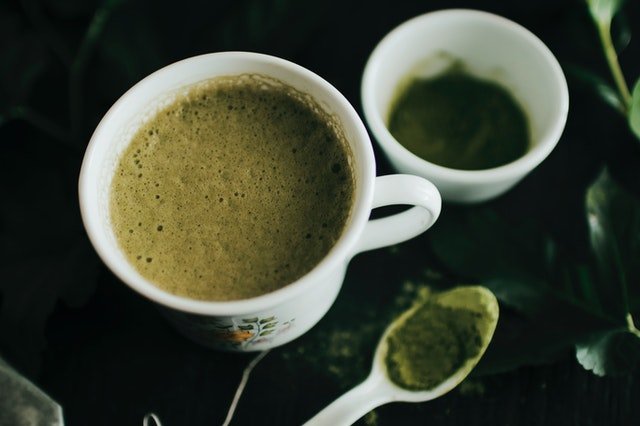
Why one of the places in the world where people live the longest is Okinawa, in Japan?
One of the causes, and not the only one, is attributed to the regular consumption of matcha tea.
What is Matcha tea?
Matcha tea is the whole leaf of green tea that, after a special process of cultivation, harvesting and drying, is ground to obtain a fine and intense green powder.
What makes matcha tea so special is that it is ingested completely, taking advantage of 100% of the benefits of the tea leaves. In the rest of the tea, we only take advantage of the water-soluble substances and discard the strands.
Green tea is famous for containing organic compounds known as catechins, they are the most powerful and beneficial antioxidants. One of the most prized for its cancer-fighting properties is EGCG (Epilgallocatechin), which makes up 60% of catechins.
When you brew a cup of green tea you can only extract a fraction of its benefits, most of the nutrients stay in the tea leaves when you brew it.
The only way to harness the full potential of vitamins, minerals, antioxidants, and amino acids is to consume the entire leaf
A glass of matcha is equivalent to 10 glasses of green tea in antioxidant content and nutritional value.
The properties of Matcha green tea

Contains high concentrations of antioxidants
Green tea is famous for containing organic compounds known as catechins, they are the most powerful and beneficial antioxidants.
One of the most prized for its cancer-fighting properties is EGCG (Epilgallocatechin), which makes up 60% of the catechins in Matcha.
It is estimated that it contains more than 100 times the amount of EGCG than any other tea.
It has obtained the highest rating by the ORAC method (oxygen radical absorption capacity) 1300 umoleTE/g, much higher when compared to pomegranate 105 or blueberry 93.
Thermogenic properties and promotes fat oxidation
According to a study by the Faculty of Medicine of the University of Geneva, green tea has thermogenic properties and promotes fat oxidation.
By consuming green tea we increase thermogenesis or the rate at which the body burns calories daily and therefore helps to lose weight by burning fat up to 4 times faster than usual.
High content of the amino acid L-theanine
L-theanine an amino acid that promotes a state of relaxation and well-being. It relaxes without giving drowsiness and gives energy without exhausting. May contain up to five times more of this amino acid than regular black and green teas.
Another effect of L-theanine is the production of dopamine and serotonin that serve to improve mood, increase concentration and improve memory.
Contains Theine
Although it contains caffeine, the relaxing properties of L-theanine act as a counterweight to the “jittery” effects of caffeine. The caffeine in matcha is assimilated and absorbed very slowly (6 to 8 hours), without spikes in blood sugar, spikes in insulin, or release of the stress hormone cortisol, as occurs with the caffeine in coffee. This reduces stress on the adrenal glands.
Matcha makes us have more energy and improves our physical resistance. The amount of theine found in matcha tea is higher than in other teas but its unique combination of nutrients makes its influence more continuous without experiencing any jittery or hypertensive effects. It is a clean and natural energy.
High content of easily absorbable dietary fiber
It contains a high level of easily absorbable dietary fiber which relieves constipation and stabilizes blood sugar levels. It is also rich in fiber, vitamin C, selenium, chromium, zinc and magnesium.
High chlorophyll content
Matcha is an effective and natural detoxifier. It is richer in chlorophyll than other teas, the element that gives tea its green color, and that helps eliminate toxins, heavy metals, toxins, dioxins and hormone disruptors from the body.
